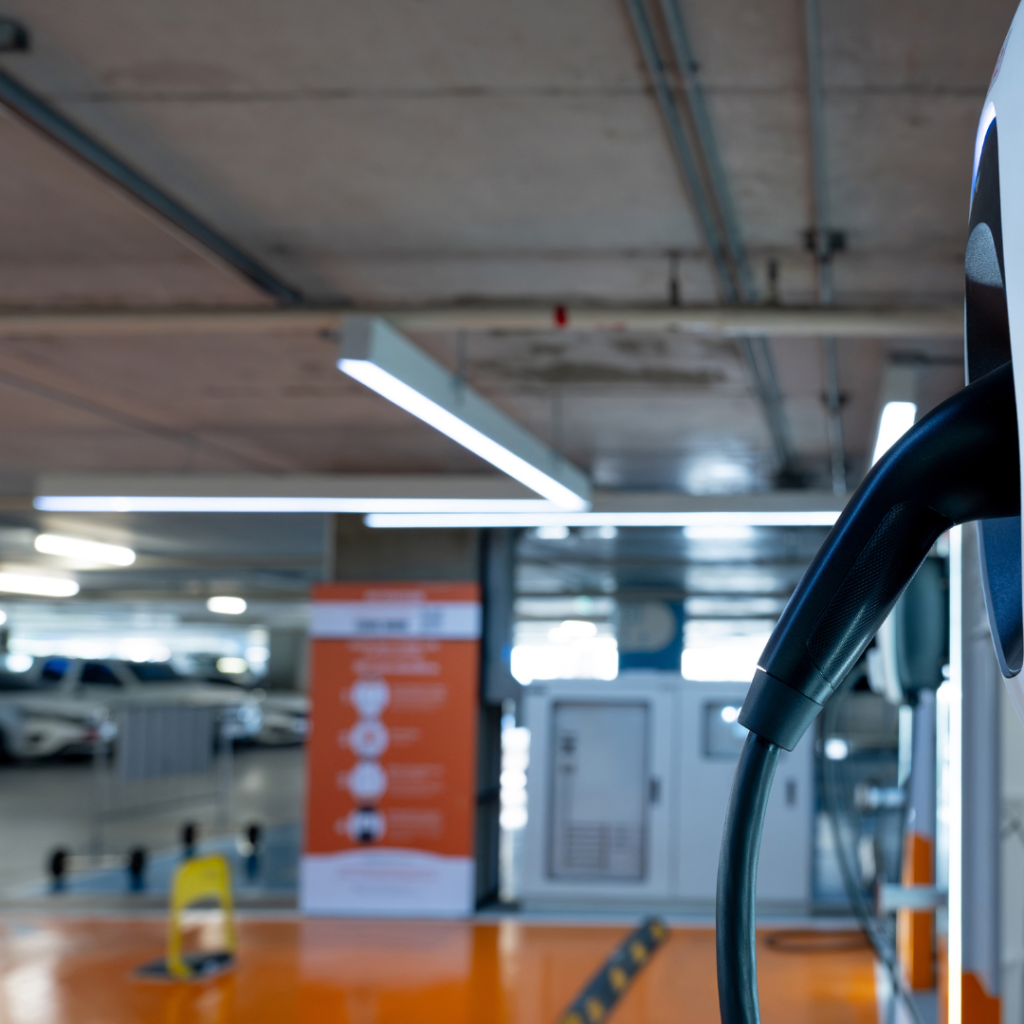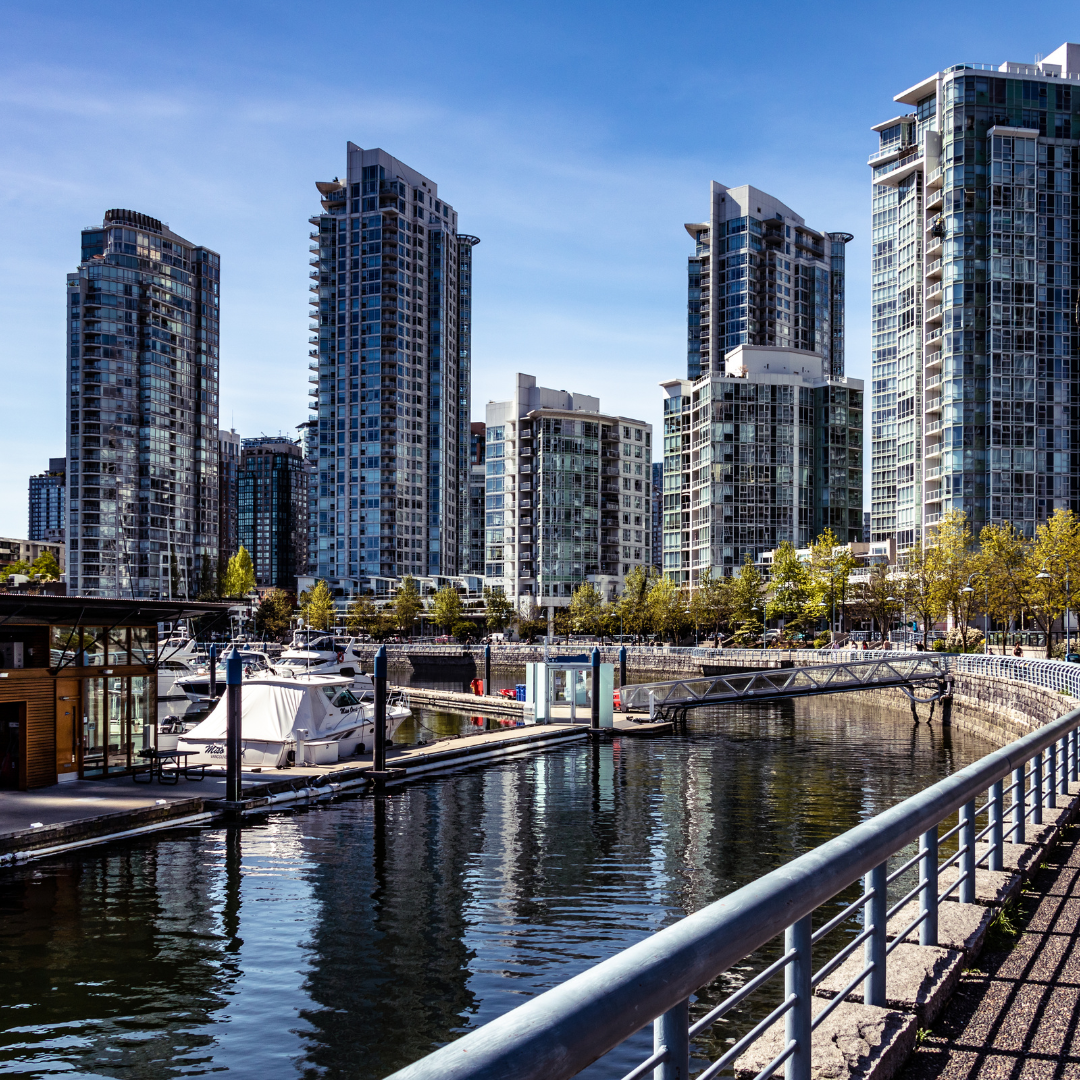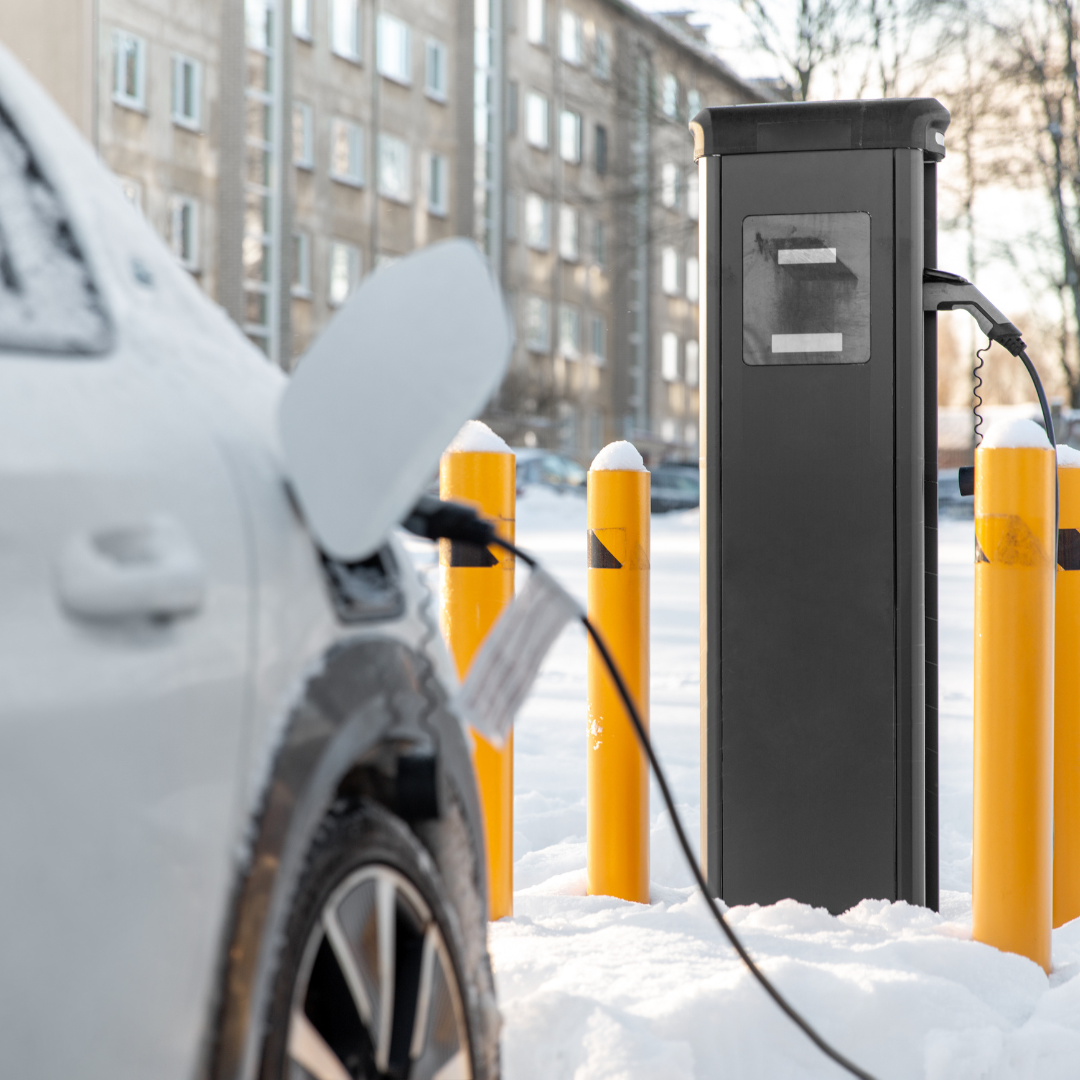In our journey towards a sustainable future, as touched on in our post “Building Codes Requirements for EV Charging”, more provinces like British Columbia are leading the charge with a paradigm shift in mentality. With a particular focus on residential and commercial infrastructure, the province aims to achieve 100% “EV readiness.” Today, we delve into the significance of this initiative and its implications for future transformations.
What does “EV Ready” mean?

“EV Ready” signifies the preparedness of buildings, particularly parking areas, to facilitate the charging of electric vehicles (EVs). In the context of British Columbia’s regulations for residential buildings, achieving EV readiness involves several crucial components:
Mandatory Installation of EV Chargers: In over 10 cities across British Columbia, such as Vancouver, Burnaby, Victoria and more, regulations mandate the installation of Level 2 chargers in residential parking areas. This ensures that EV owners have convenient access to charging infrastructures that offer faster charging compared to standard home outlets and are essential for residential EV charging needs.
Utilization of EVSE: Parking spaces are now required to hold adjacent electric outlets that can install an EVSE on them. They still do such by avoiding the high price of complete electrical renovations to install EV chargers. EVSEs are known as “Electric vehicle supply equipment” that allows an EV charger to be connected to it and function properly. Those infrastructures facilitate the connection between EV chargers and electrical outlets, ensuring efficient and safe charging operations.
Integration of EV Energy Management Systems (EVEMS): The emergence of EVEMS is notable, as these systems optimize the use of electrical infrastructure by managing the charging process for multiple EVs on the same circuit. Through intelligent control of charging timing and rates, EVEMS prevent circuit overload, thereby reducing utility costs for EV owners.
Supporting programs
Implementing such changes indeed involves costs. Therefore, seeking assistance programs becomes essential. To aid in this transition, the provincial government provides two rebate programs tailored to support apartment, condo, and townhome complexes in their preparations for electric vehicle (EV) integration
The first rebate program, known as the EV-Ready Rebates, encompasses three distinct plans:
- EV Ready Rebate Plan: This plan covers 75% of the cost (up to $3,000) required to develop an EV Ready plan. The aim is to ensure that at least one parking space per residential unit is equipped with an EV charger.
- EV Ready Infrastructure Rebates: This plan assists in covering up to 50% of the installation costs associated with the EV-Ready plan, with a maximum limit of $120,000.
- EV Charger Rebate: Under this plan, up to 50% of the cost of the charger itself and its installation is covered, with a maximum rebate of $1,400 per charger.
The second rebate program, the Standalone EV Charger Rebates, focuses on supporting the installation of EV chargers specifically in residential parking spaces within a complex. It offers up to 50% of the installation costs, with a maximum rebate of $2,000 per charger

Conclusion
In conclusion, British Columbia’s push for 100% “EV readiness” marks a significant step toward a sustainable future. Mandating Level 2 chargers, promoting EVSE and EVEMS, and offering rebate programs demonstrate a commitment to electric vehicle integration. These initiatives not only facilitate convenient charging but also reduce emissions and enhance energy resilience. With financial support from rebate programs, complexes can embrace EV infrastructure more readily. British Columbia’s efforts set a precedent for sustainable urban development, inspiring similar initiatives elsewhere.


